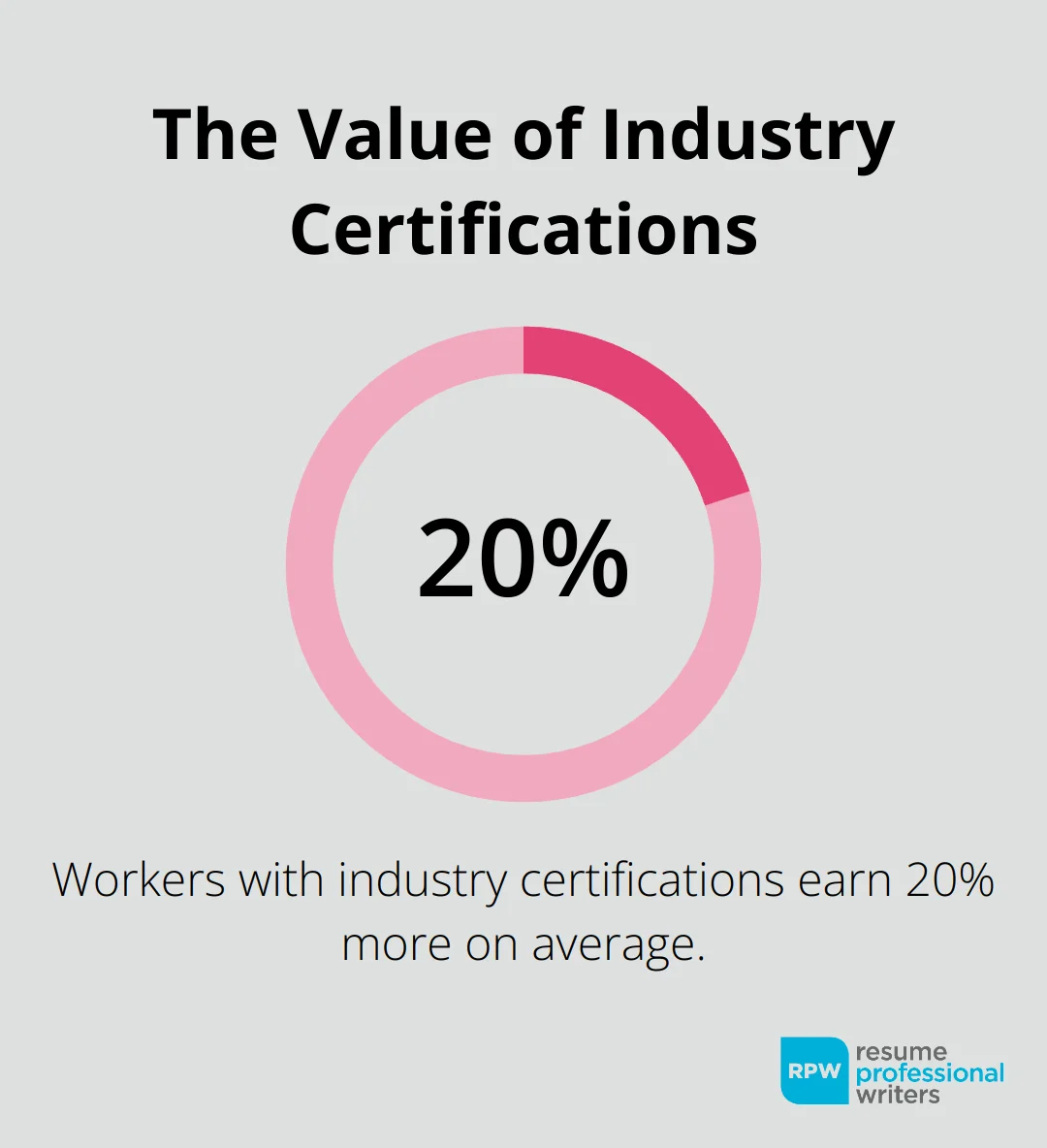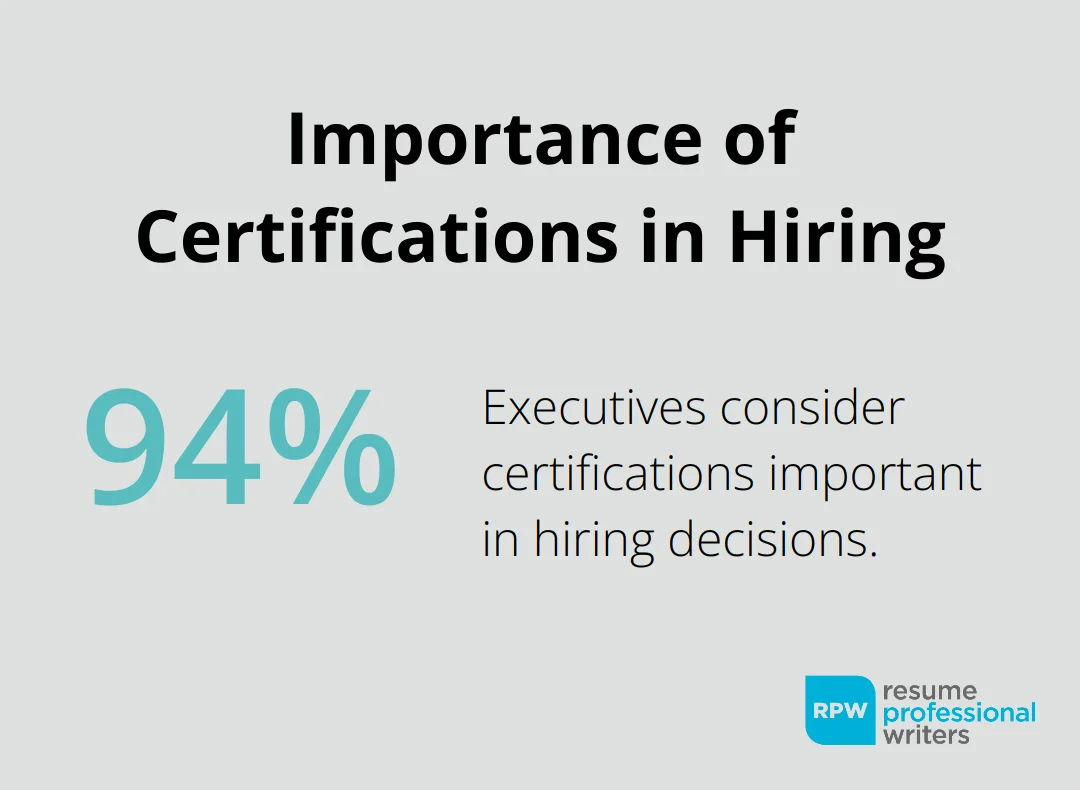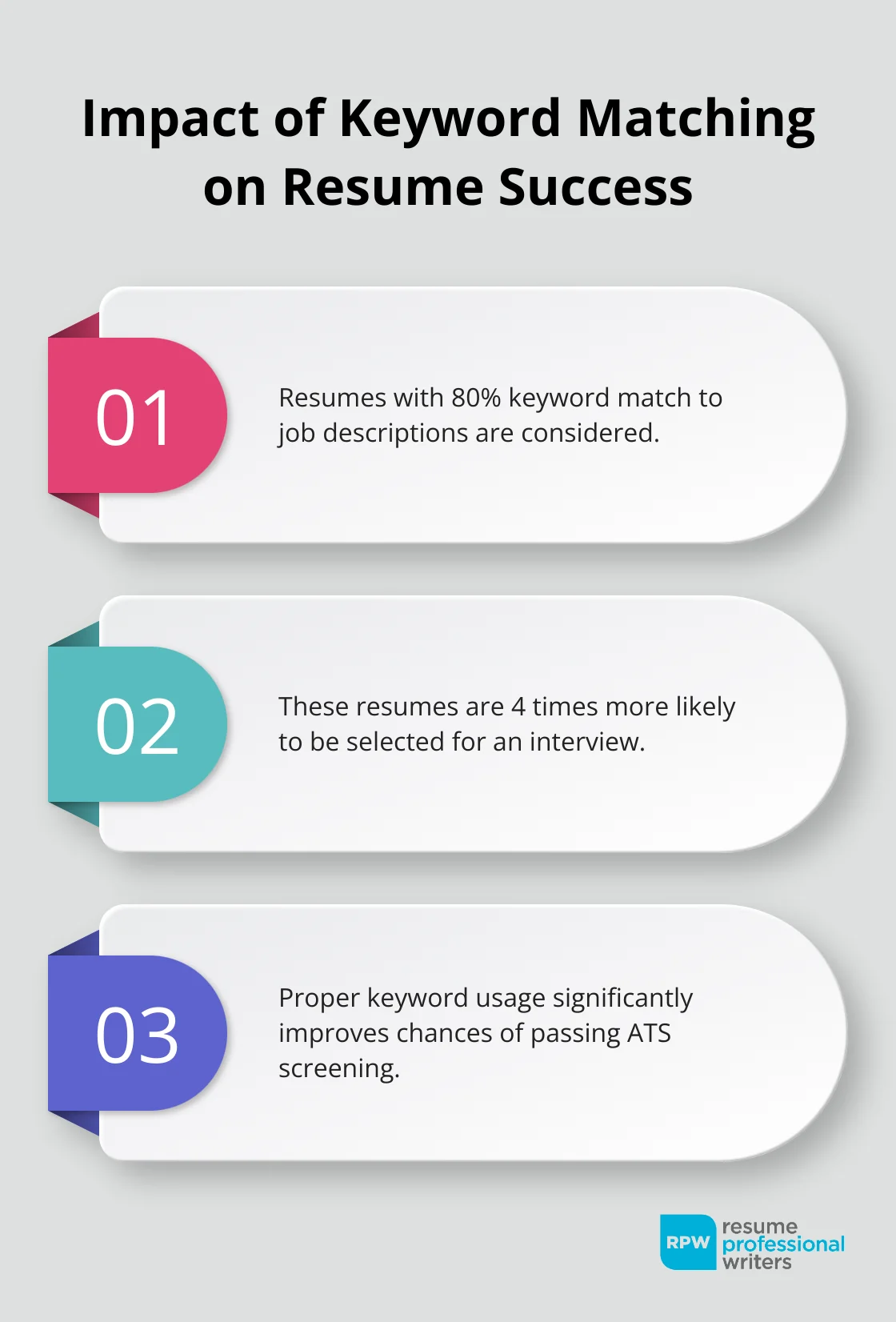Creating a blue-collar resume that truly stands out isn’t always easy—but it can be the key to unlocking your next great opportunity. In industries where skills, certifications, and real-world experience matter most, your resume must showcase more than just job titles. It should tell the story of what you can do—and do well.
That’s why we’ve put together a set of practical blue-collar resume tips to help you build a resume that highlights your hands-on abilities, relevant credentials, and measurable accomplishments—so you can stand out in a crowded job market and get noticed by the right employers. Keep reading!

What Makes a Blue-Collar Resume Different?
Blue-collar resumes aren’t one-size-fits-all. Unlike traditional resumes that focus on academic credentials and soft skills, blue-collar resumes prioritize practical experience, technical abilities, and job-ready certifications. Here’s what sets them apart.
Emphasis on Hands-On Skills
Blue-collar resumes differ significantly from white-collar resumes. They focus on practical, hands-on skills rather than soft skills and academic achievements. For example, a welder’s resume should prominently feature proficiency with different welding techniques, ability to read blueprints, and experience with specific equipment.
Showcase of Certifications and Licenses
In blue-collar industries, certifications and licenses often carry more weight than formal education. Your resume should list all relevant certifications, such as OSHA safety certifications, CDL licenses, or trade-specific qualifications. The National Center for Construction Education and Research reports that workers with industry certifications earn 20% more on average than those without.

Details of Physical Capabilities
Many blue-collar jobs require specific physical abilities. Your resume should mention relevant physical capabilities. Instead of saying “strong,” state that you can “regularly lift and carry 50-pound loads” or “work in confined spaces for extended periods.”
Quantification of Achievements
Blue-collar resumes benefit from quantifiable achievements. Include specific accomplishments instead of simply listing job duties. For instance, “Increased production efficiency by 15% through implementation of new welding technique” is more impactful than “Responsible for welding operations.”
Common Pitfalls to Avoid
One frequent error is overemphasis on academic achievements. While education matters, your work experience and practical skills should take center stage. Another mistake is the use of overly formal language. Keep your resume straightforward and use industry-specific terminology.
A well-crafted blue-collar resume can significantly boost your job prospects. If you struggle to create an effective resume, professional help can make a difference.
Now that we’ve covered the key differences in blue-collar resumes, let’s explore how to effectively highlight your skills and qualifications to stand out from the competition.
How to Showcase Your Skills and Qualifications
In the blue-collar job market, your skills and qualifications are your most valuable assets. Here’s how to make your resume stand out:
1. Spotlight your technical prowess.
Your technical skills form the backbone of your blue-collar resume. List specific equipment you’ve operated, software you’re proficient in, and techniques you’ve mastered. Instead of simply stating “Experienced welder,” specify “Skilled in TIG, MIG, and stick welding on various metals (including aluminum and stainless steel).” This level of detail demonstrates your expertise and helps potential employers envision you in the role.
2. Certifications: Your career currency.
In blue-collar industries, certifications often carry more weight than formal education. Prominently display your relevant certifications, licenses, and training. According to the National Association of Manufacturers, 94% of executives consider certifications and credentials important in hiring decisions. Include the full name of the certification, the issuing body, and the date of acquisition or renewal. For example, “OSHA 30-Hour Construction Safety and Health Certification (2024)” is more impactful than just “OSHA certified.”

3. Quantify your work experience.
When describing your past roles, use numbers to quantify your achievements. This approach gives potential employers a clear picture of your capabilities. Instead of saying “Responsible for maintenance,” try “Maintained a fleet of 20 heavy-duty trucks, reduced downtime by 30% through implementation of a preventive maintenance schedule.” These concrete figures demonstrate your impact and make your resume more memorable.
4. Emphasize safety and compliance.
In blue-collar industries, safety is paramount. Highlight your safety record and any relevant training. For instance, “Maintained a perfect safety record over 5 years in high-risk environments” or “Completed 200 hours of safety training, including fall protection and confined space entry.” This information reassures employers of your commitment to workplace safety and your ability to comply with industry regulations.
5. Tailor your resume to the job.
Customize your resume for each job application. Analyze the job description and incorporate relevant keywords and skills. This approach increases your chances of passing through Applicant Tracking Systems (ATS) and catching the eye of hiring managers. Try to mirror the language used in the job posting to show you’re a perfect fit for the role.
Now that you’ve learned how to effectively showcase your qualifications, let’s explore how to tailor your resume for specific blue-collar jobs in the next section.
How to Tailor Your Blue-Collar Resume for Maximum Impact
Standing out in the blue-collar job market means more than listing your experience—it requires customizing your resume for every opportunity. Tailoring your application shows employers you’re the right fit from the start. Here’s how to do it right.
1. Research industry-specific requirements.
Before customizing your resume, investigate the industry you’re targeting. Each blue-collar sector has unique requirements and terminology. The construction industry values OSHA certifications, while the automotive sector prioritizes ASE certifications. Workers with industry-specific certifications earn up to 18% more than their non-certified counterparts (according to the Bureau of Labor Statistics).
Visit industry association websites, read trade publications, and talk to professionals in your field. This research will help you understand current trends, challenges, and skills most valued in your target industry. For example, if you apply for a position in manufacturing, you might discover that knowledge of lean manufacturing principles is highly sought after. Highlight any relevant experience or training in this area on your resume.
2. Customize for each position.
Tailoring your resume for each job application significantly increases your chances of landing an interview. Recruiters spend an average of just 7.4 seconds reviewing a resume (according to a study by Ladders). Make those seconds count by putting the most relevant information front and center.
Start by carefully reading the job description. Identify the key skills, qualifications, and experiences the employer seeks. Then, restructure your resume to highlight these elements. If you apply for a welding job that emphasizes TIG welding, make sure your TIG welding experience is prominently featured, even if it wasn’t your primary focus in previous roles.
3. Leverage job description keywords.
Many companies use Applicant Tracking Systems (ATS) to screen resumes before they reach human eyes. These systems scan for specific keywords related to the job. To increase your chances of getting past this initial screening, incorporate relevant keywords from the job description into your resume.
For example, if the job posting mentions “preventive maintenance” multiple times, make sure this phrase appears in your resume (provided you have relevant experience). However, don’t just stuff your resume with keywords. Use them naturally and in context. Resumes with an 80% match to job description keywords are 4 times more likely to be selected for an interview (according to a study by JobScan).

4. Highlight relevant skills and experience.
Focus on the skills and experiences most relevant to the job you’re applying for. Try to match your qualifications to the job requirements as closely as possible. If you have a diverse skill set, prioritize the ones that align best with the position.
For instance, if you’re applying for an electrician position that requires experience with industrial wiring, place this skill at the top of your list. Include specific examples of projects you’ve worked on or certifications you’ve earned in this area.
5. Quantify your achievements.
Employers appreciate concrete evidence of your capabilities. Whenever possible, include numbers and specific results to illustrate your achievements. Instead of saying “Improved efficiency,” try “Increased production output by 25% through implementation of new assembly line procedures.”
This approach provides tangible proof of your value and helps potential employers understand the impact you could have in their organization. It also sets you apart from other candidates who might only list their job duties without showcasing their accomplishments.
Final Thoughts
A strong blue-collar resume goes beyond listing job duties—it highlights your hands-on expertise, certifications, and measurable achievements. Tailoring your resume to each position and using industry-specific keywords can make a significant difference, helping you stand out in a crowded job market and pass through Applicant Tracking Systems with ease.
Think of your resume as your personal marketing tool. It should clearly show employers why you’re the best fit for the job by emphasizing your practical skills, commitment to safety, and ability to deliver results. By applying the tips outlined in this guide, you’ll be well on your way to crafting a compelling resume that opens doors and secures interviews.
If you’re feeling uncertain or overwhelmed, remember that you’re not alone. Investing the time and effort into creating a targeted, well-structured resume can pay off—and get you one step closer to landing the job you want.

Land Your Target Blue-Collar Job With a Professionally Written Resume
Crafting a compelling blue-collar resume requires more than just listing past jobs—it involves highlighting your technical skills, certifications, and real-world experience in a way that speaks to hiring managers and passes ATS filters. By tailoring your resume to each job and following proven strategies, you significantly improve your chances of standing out in today’s competitive job market.
If you’re ready to skip the guesswork and get noticed faster, consider working with experts who understand exactly what employers want. Let our expert resume assistance help you craft a resume that delivers results and brings you one step closer to landing your ideal job.








